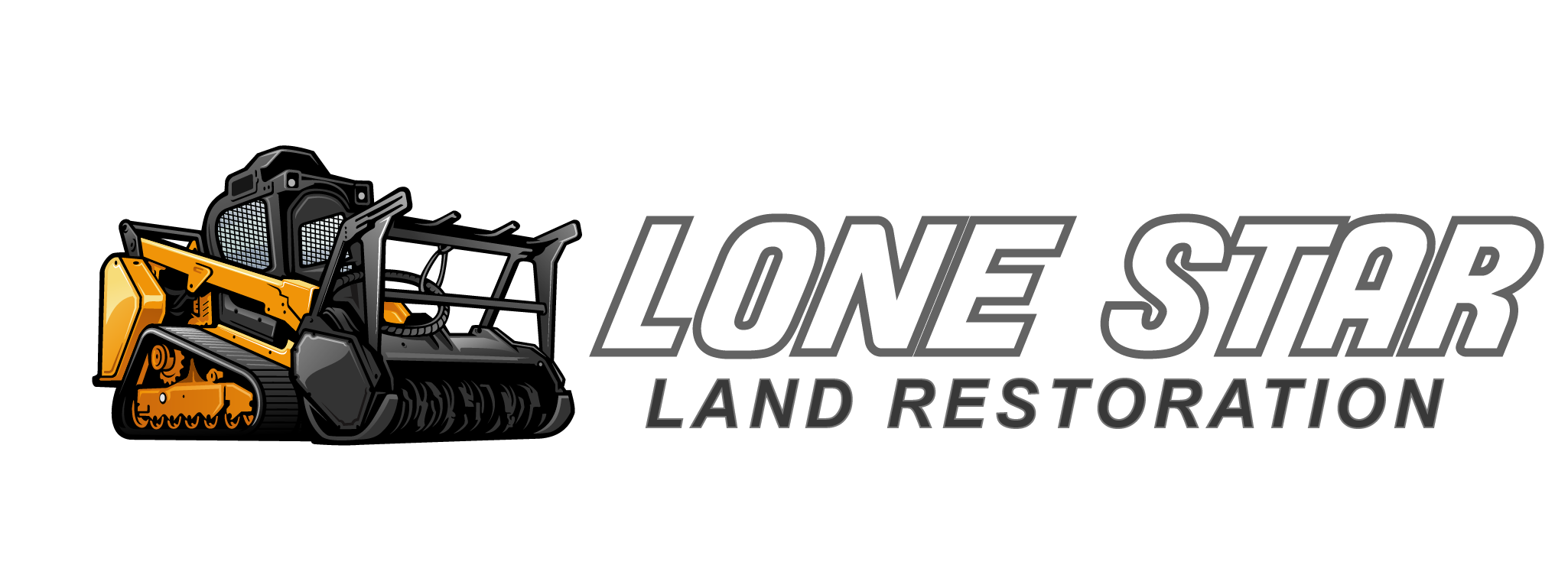Metal Building Components You Should Understand
- Lone Star Land Restoration

- Aug 14
- 3 min read
Metal building components are essential to constructing strong, versatile structures like storage buildings, horse barns, workshops, and barndominiums. Whether you're planning a small garden shed or a large custom facility, understanding the core materials—such as framing, panels, and foundations—will help you make informed decisions. This guide covers what you can build, how the process works, the pros and cons, whether to hire a builder, and answers to common questions.

Common Uses for Metal Buildings
Metal buildings are highly adaptable and used across industries and residential applications. Some of the most common uses include:
Horse barns and barndominiums offer spacious layouts with steel durability. Barndos, in particular, combines living space with functional work or storage areas.
Storage buildings and garden sheds protect tools, inventory, or seasonal equipment. Their weather resistance and low maintenance make them a top choice.
Workshops and garages benefit from the wide, clear-span design that metal framing offers, ideal for automotive, woodworking, or fabrication work.
Custom structures like event spaces, agricultural sheds, or recreational facilities are also commonly built with metal to increase speed and cost efficiency.
Key Components in Metal Building Construction
Every metal building starts with a few core parts and supplies. Here's what you need to know:
Framing components are the steel skeleton of the building. These include I-beams, C-channels, and other precision-engineered parts that ensure structural strength. Wall framing plays a key role in vertical load-bearing and stability, especially for taller structures.
Panels for walls and roofs protect from the weather and play a role in insulation and visual appeal. Options include corrugated steel or insulated metal panels. These form your exterior walls, which may also involve wall sheathing depending on your climate or interior needs.
The roof system may involve ridge vents, gutters, skylights, and trim—customized depending on your local climate and airflow needs.
The foundation must match the building's use and soil conditions. It can range from a simple concrete slab to more complex footings.
Interior finish-outs vary based on intended use. From fully finished residential interiors in barndos to minimal setups in workshops, customization is key.

How the Metal Building Process Works
Design and Planning
Begin by determining the size, layout, and purpose of your structure. Whether you’re designing a small 200-square-foot garden shed or a 2,400-square-foot barndominium, it’s crucial to finalize your floor plans early—factor in site preparation, energy needs, and zoning requirements.
Ordering Materials
Once the design is finalized, you’ll order a building kit that includes all the framing components, panels, fasteners, and accessories.
Site Preparation and Foundation
Prepare the land and pour the foundation based on engineering specs. This step ensures your structure is stable and code-compliant.
Framing and Assembly
The steel frame goes up first, followed by paneling and roofing. This step moves quickly if everything is pre-cut and labeled.
Finish-Out and Final Touches
If needed, install insulation, drywall, HVAC, and electrical. Final inspections ensure everything is safe and ready for use.
Advantages and Disadvantages of Metal Buildings
Benefits:
Metal buildings are incredibly durable and have long lifespans with minimal maintenance.
They’re typically more affordable than wood-frame construction over the long term.
Building kits are engineered for efficient installation, saving time on-site.
Flexibility in design allows you to build anything from a storage unit to a stylish barndominium.
Pre-planned floor plans help streamline build time and reduce design costs.
Challenges:
Without proper insulation, metal buildings can suffer from temperature swings and condensation.
While efficient, the industrial look isn’t for everyone unless finished internally.
DIY assembly may be tempting, but mistakes can lead to costly structural issues.
Some local codes or homeowner associations may place restrictions on design or placement.
Should You Build It Yourself or Hire a Pro
Deciding between a DIY project and hiring a professional depends on your experience, time, and project size.
DIY is better suited for:
Smaller storage sheds or simple workshops.
Experienced builders who understand load paths, squareness, and foundation anchoring.
Hiring a professional makes more sense when:
The building is large or complex—like barndominiums with full interior finish-outs.
Local codes require licensed work or inspections.
You’re on a tight timeline and need predictable results.
Answers to Common Metal Building Questions
Is steel more expensive than wood?
Not necessarily. Steel may have a higher upfront cost in some cases, but it typically offers better long-term value through lower maintenance and higher durability.
Do I need a special foundation?
For most buildings, yes. A solid concrete slab or pier foundation ensures stability, especially for heavy steel framing.
Can I insulate a metal building?
Absolutely. Use spray foam, batt insulation, or insulated metal panels for energy efficiency and comfort.
Are metal buildings noisy during rain?
With proper insulation and ceiling treatments, noise is greatly reduced. Modern builds don’t suffer from the loud "tin roof" effect you might expect.
How long will a metal building last?
With proper care, a steel building can last 40–50 years or more. Galvanized finishes and quality coatings help extend lifespan.




Comments